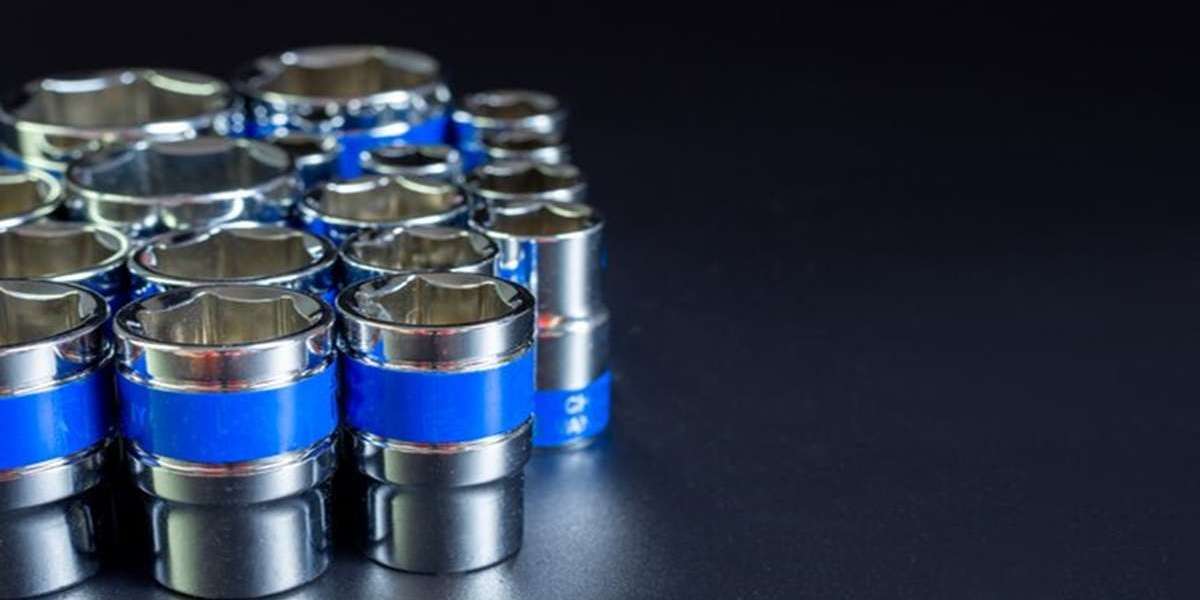The Pulse of Performance: What Makes the Best Quality HVAC Capacitors Truly Stand Out
In the grand machinery of modern HVAC systems—where fans roar, compressors hum, and thermostats think—the capacitor is the quiet pulse. It doesn’t move, it doesn’t glow, but without it, your system wouldn’t even twitch. And when you’re talking about the best quality HVAC capacitors, you're not just picking a part—you're choosing the heartbeat of reliability, efficiency, and long-term performance.
So, what separates a good capacitor from a great one? Let’s dig deeper into this unsung hero of climate control.
What Is an HVAC Capacitor, Really?
Think of it as the battery-with-a-kick. Capacitors store and release energy in controlled bursts. In HVAC systems, they're used to start motors, keep them running efficiently, and balance energy flow during cycles. There are two main types:
Start capacitors: Deliver a large boost to get motors going.
Run capacitors: Provide steady power to keep motors running.
Without capacitors, your compressor wouldn’t start, your fan wouldn’t spin, and your system would be just a noisy box full of dreams.
The Anatomy of Excellence: Traits of the Best Quality Capacitors
Here’s where average capacitors bow out and top-tier ones take the stage. The best quality HVAC capacitors are engineered for high-stress, long-term use in environments that fluctuate between deep freeze and blistering heat.
Here’s what sets them apart:
- Premium Metallized Film
High-end capacitors use metallized polypropylene film, often layered with precision and coated to self-heal during minor internal arcing. That means they fix tiny faults on their own, extending their lifespan dramatically.
- Temperature and Humidity Resistance
Top-tier capacitors are rated for operation between -40°C and +85°C, and are sealed to resist humidity and corrosion. In places where the HVAC unit is exposed to the elements—or shoved into a dusty attic—this matters.
- Low ESR (Equivalent Series Resistance)
Low ESR means less heat buildup and more efficient energy use. The best capacitors stay cool under pressure, even when your system is pushing hard on a July afternoon.
- Built-In Safety Features
Quality capacitors include pressure-sensitive interrupters, flame-retardant housings, and non-toxic dielectric fluids. If a fault occurs, the capacitor safely disconnects itself rather than becoming a miniature firecracker.
- Tight Tolerances
Capacitors are rated in microfarads (µF), and better quality units maintain this rating within ±5% tolerance. Cheaper models can drift far from their specs, leading to poor motor performance or failure over time.
The Brands Leading the Pack
While quality isn’t just about branding, some names have become synonymous with excellence. Among the industry’s elite are:
Titan HD – USA-made, known for their durability and high surge resistance.
GE Industrial / Genteq – Industry leader with precision-engineered run capacitors.
Packard – A favorite among pros for their rugged build and consistent performance.
Mars2 – Offers dual-run capacitors with UL certification and strong environmental sealing.
These brands don’t just offer capacitors—they offer assurance.
Signs of a High-Quality Capacitor (Even Before You Install It)
You don’t need a lab to spot quality. When you're holding a premium capacitor, you’ll notice:
Solid terminals with protective plating
Heavy-duty casing that feels sturdy, not flimsy
Clean, consistent labeling with all specs clearly marked
Certifications like UL, cUL, or CE—proving it passed global safety standards
If it looks cheap, feels light, or smells like mystery plastic, it probably won’t last.
Why Quality Matters: Beyond Just “Working”
Yes, any capacitor might work for a few weeks. But HVAC systems are long-haul machines. Quality capacitors:
Extend motor lifespan by reducing wear and startup strain
Maintain energy efficiency, keeping your utility bills lower
Prevent callbacks and emergencies for HVAC pros
Enhance overall system reliability in extreme weather
Think of a quality capacitor as an insurance policy against sweltering July nights or bone-cold January mornings.
Final Thoughts: Don’t Settle for Second-Rate
In HVAC systems, every part has a purpose—but few carry the responsibility of a capacitor. It’s the surge behind the start, the push behind the performance, and the silent protector of your system’s most vital components.



